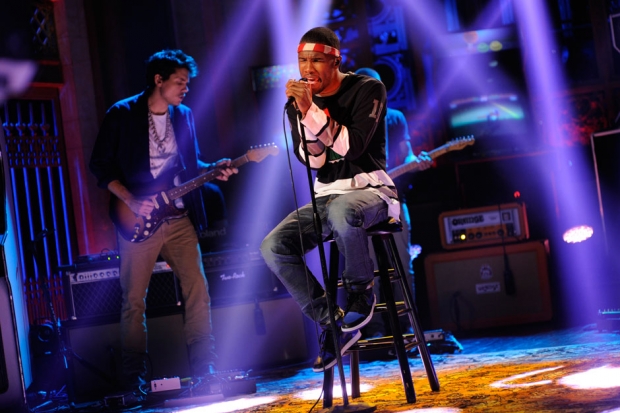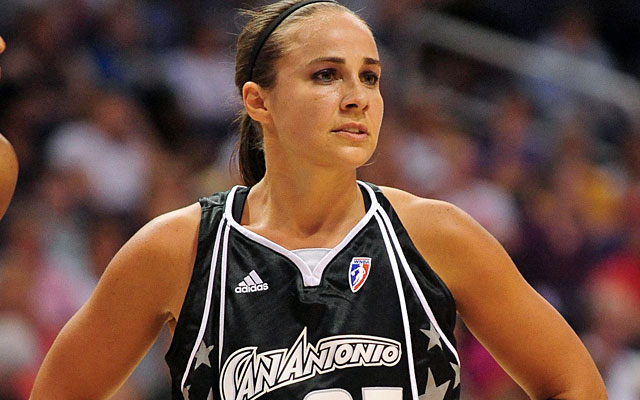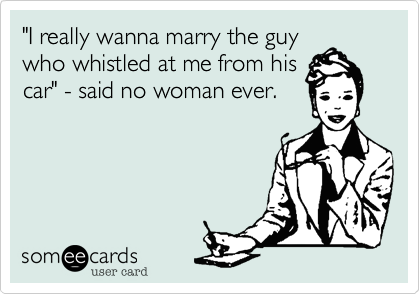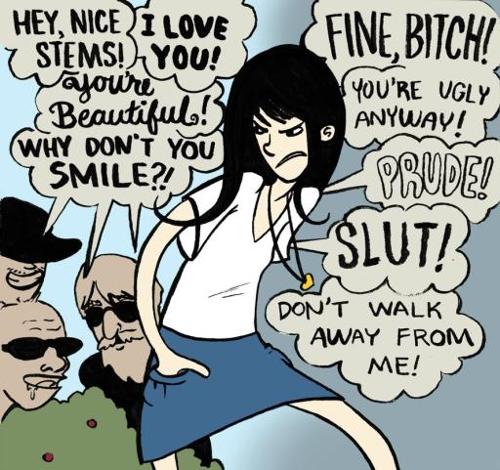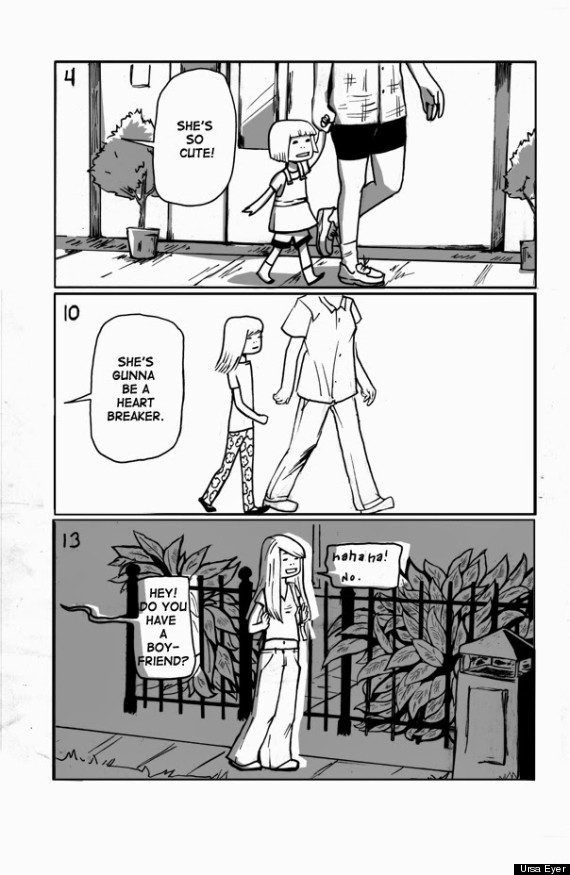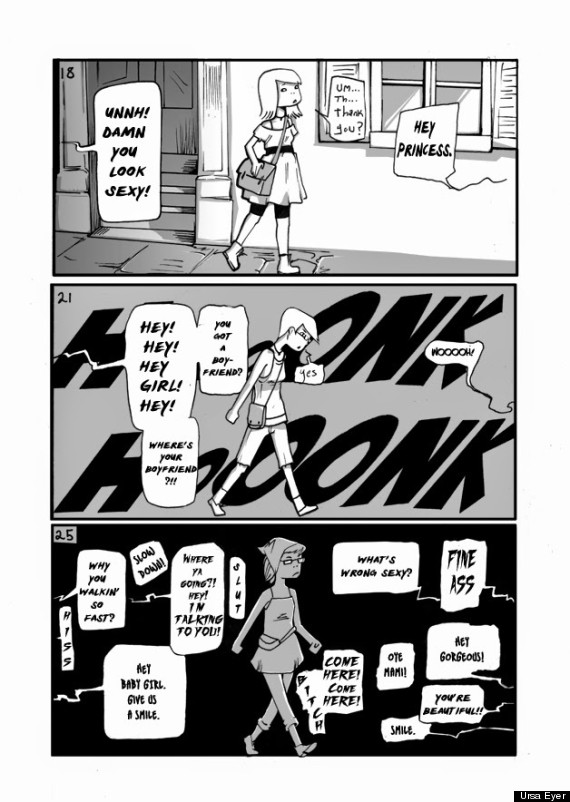sings Tyler Joseph, lead-singer of the alternative/indie-pop due Twenty One Pilots, over trap inspired drums and synth generated undertones on their recently released album Blurryface. Tyler describes the album itself as being a character who "represents all the things that I as an individual, but also everyone around, is insecure about." Themes like these of anxiety, depression, love, and existentialism have always been prevalent in music but recently artist in a wide variety of genres have started to emerge and are stretching the ideas of lyrical subject matter and what it is that males experience in today's culture. Bands such as Pierce the Veil, Dance Gavin Dance, Emarosa, and Sleeping with Sirens that belong to the post-hardcore genre are characterized by their "angsty" sound and fast-paced, brash, yet experimental music. These groups are characteristically composed of all males or have male lead-singers and also deal with the aforementioned themes, breaking barriers and using their music as a vehicle to let off steam and express their struggles. Males are generally thought of as composed and "put together" human beings who deal with more materialistic burdens but can endure because of who they are. But these artist are challenging the societal notions that have been placed upon males today and showing that we deal with just as many problems as women do. Due to this men are not traditionally thought of as "broken" but these artist are challenging that ideal and showing fans that men mentally and emotionally become broken too. This is also much like the character of Richard Brown in The Hours who in his own way sort of represents a fragmented version of the three main male characters in Mrs.Dalloway. The three characters of Richard Dalloway, Peter Walsh and Septimus Warren, I think, represent the perceptions and problems that males face in today's society. Artist such as Frank Ocean on his critically acclaimed album Channel Orange deal with themes of unrequited love, existential longing, sex and sexuality, opening up the minds of it's listeners and portraying a new kind of male, one that is vulnerable and broken ad would give Peter Walsh a run for his money in the game of love. Ocean much like Peter deals with the plight of unrequited love, but in Oceans case from a male, and the heartbreak that has to be endured in the process of having to find yourself when rejection causes you to become lost. Ocean's upcoming album is aptly title Boy's Don't Cry, getting at the social constructs that have been placed on the male gender and what it means to be a strong and enduring male.
Septimus's so called "insanity" is comparable to the mental stresses portrayed by artist such as the Earl Sweatshirt and the aforementioned Twenty One Pilots, who's lyrics portray a sense of suffocation that forces you to retreat so far inside your own head that you ultimately implode due to being there for so long. This kind of mental instability is becoming more in more present in the music of contemporary artist, taking even more hardcore and lyrically vulgar genres such as hip-hop and creating sub-genres labeled "conscious-rap". Kanye West's own 808s and Heartbreak was a major component in the birth of this genre and acted as an inspiration for new male artist who started to deal with more emotional and introspective subject matter. This experimental body of work was thought of as a departure from Kanye's hip-hop sound and was predicted to flop because it dealt more with subject matter of love, longing and loss, due to Kanye's recent breaking off of an engagement as well as the death of his mother. The electronic and robotic nature of the album makes Kanye seem so nonhuman that it ultimately portrays him at his most humane, as a depressed and broken man searching for the next step in his life and subsequently today the album remains one of the most influential pieces of work in hip-hop and opened up the door for lyrical subject matter that wasn't traditionally looked at as accepted in hip-hop music.
Anti-violence educator Jackson Katz has jumped on the perceptions of males and their problems with his documentary Tough Guise and the sequel Tough Guise 2. In a description of the most recent film by the media education foundation the film was described "as pioneering anti-violence educator and cultural theorist Jackson Katz argues that the ongoing epidemic of men's violence in America is rooted in our inability as a society to move beyond outmoded ideals of manhood. In a sweeping analysis that cuts across racial, ethnic, and class lines, Katz examines mass shootings, day-to-day gun violence, violence against women,bullying, gay-bashing, and American militarism against the backdrop of a culture that has normalized violent and regressive forms of masculinity in the face of challenges to traditional male power and authority. Along the way, the film provides a stunning look at the violent, sexist, and homophobic messages boys and young men routinely receive from virtually every corner of the culture, from television, movies, video games, and advertising to pornography, the sports culture, and U.S. political culture. Tough Guise 2 stands to empower a new generation of young men -- and women -- to challenge the myth that being a real man means putting up a false front and engaging in violent and self-destructive behavior."
It is this problem that males face in today's culture that I think is being overlooked and ignored. Males are seen as basic and shallow individuals with no capacity for certain human components such as emotions and empathy and with an ignorance to how we are treated and spoon-fed in today's society,. There is this idea of manhood and endurance that we have to show and I think it creates perceptions by others and ourselves on what we can be and what we can't do that is thought of a characteristically female. We are not allowed to come to terms with our insecurities because we shouldn't have any in the first place but in all reality we have some of the same struggles that women do, not similar ones, but the same one's. We try to get pretty for women too, not muscular or jacked but pretty, we just can't show it because of the damage it does. Just like the male characters in Mrs. Dalloway today's musicians are challenging these notions and putting themselves out there through their music, making people think and opening up the eyes of our culture to the struggle of being a man, or better yet being human.
Questions:
1. What do you think about the social construct placed on males in today's culture? Do you believe they exists?
2. How do you think musicians can have an effect on changing the views of males today and emotionally what they are capable of? Do you believe people are actually "listening" to their lyrics? Are you yourself?
3.How do you think our own generation views males and what expectations and notions do females have about males in our culture?
4. Do you see insecurities and the themes mentioned in the post as being present in your own male friends or in any male in your life? Do you believe that males have a reason to experience any of those things i.e. longing, loss, existentialism, anxiety etc.?
Links:
